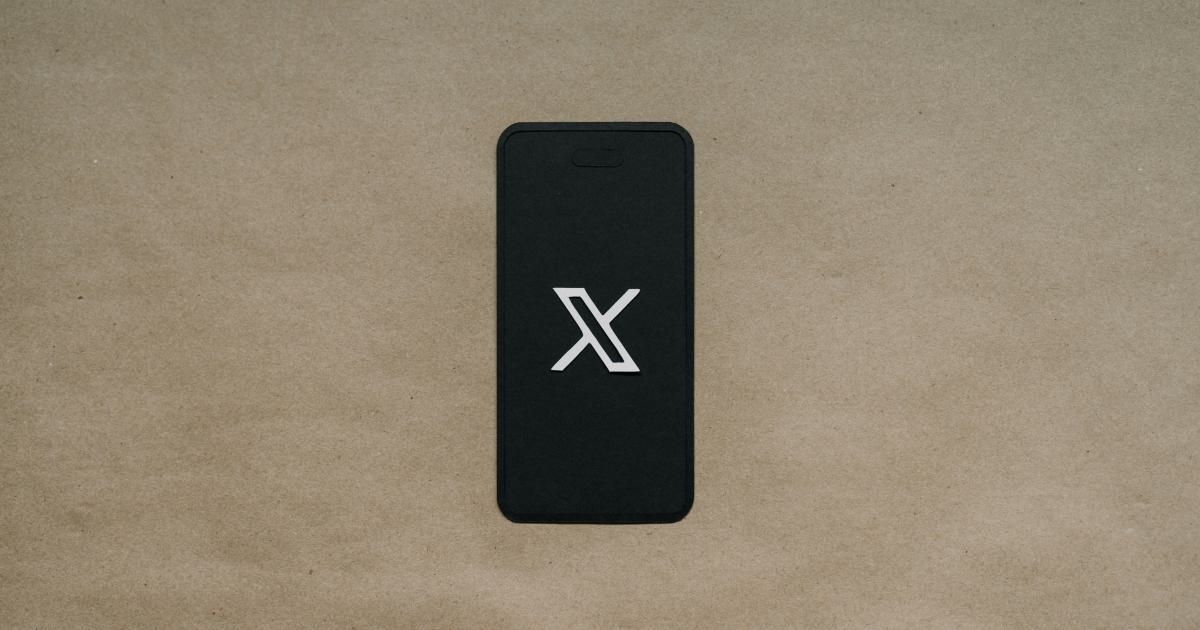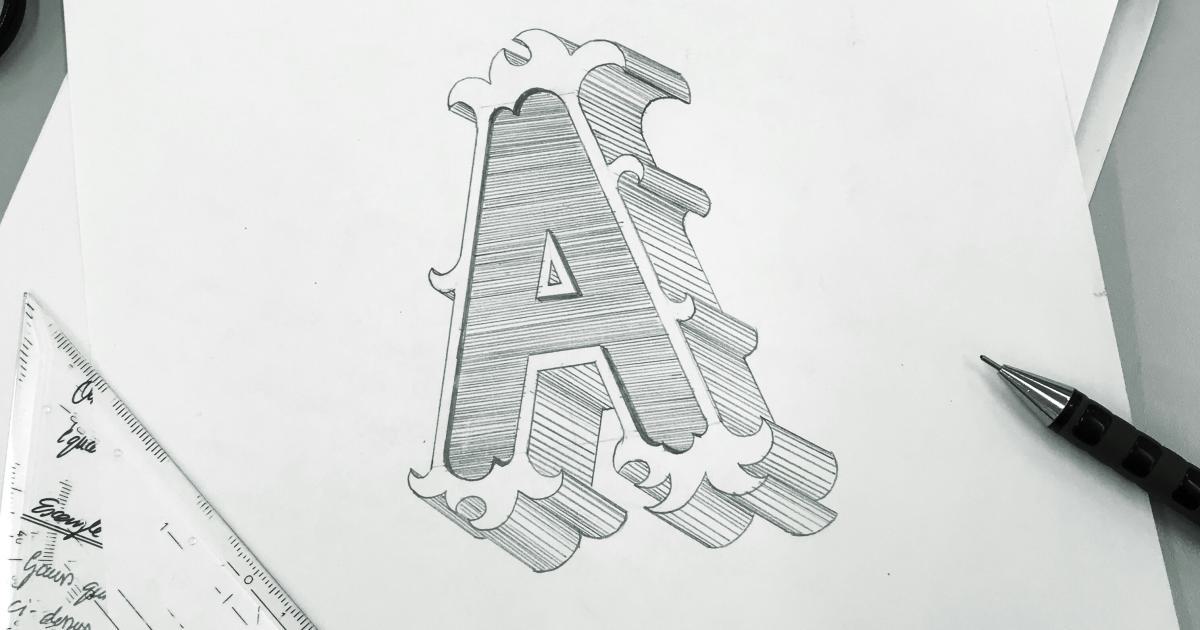How to Perform A/B Testing on UX Design


Table of Contents
Introduction to A/B Testing in UX Design
Identifying Opportunities for A/B Testing
- Understanding Your User Needs
- Analyzing User Behavior
- Prioritizing Testing Opportunities
Defining Your A/B Test Hypotheses
- Formulating Testable Hypotheses
- Determining Key Performance Indicators (KPIs)
Designing the A/B Test
- Selecting the Test Variants
- Determining the Sample Size and Test Duration
- Implementing the Test
Analyzing the A/B Test Results
- Interpreting the Test Data
- Determining Statistical Significance
- Making Informed Decisions
Iterating and Continuous Improvement
- Incorporating Learnings into Future Designs
- Scaling Successful Experiments
Best Practices and Tips for Effective A/B Testing
- Avoiding Common Pitfalls
- Fostering a Culture of Experimentation
Conclusion
Introduction to A/B Testing in UX Design

A/B testing is a powerful technique used in user experience (UX) design to compare and evaluate the performance of different design elements or variations. By presenting users with two or more options and measuring their responses, UX designers can make data-driven decisions that improve the overall user experience.
In the context of UX design, A/B testing allows you to test hypotheses, validate design assumptions, and optimize user interactions. This approach helps ensure that your design decisions are based on user feedback and measurable metrics, rather than subjective opinions or gut feelings.
A/B testing can be applied to a wide range of UX elements, such as:
- Landing page layouts
- Call-to-action buttons
- Navigation menus
- Product features
- Onboarding experiences
- Checkout processes
- Content and copy
By systematically testing and measuring the impact of these design elements, you can gradually refine and improve the user experience, ultimately driving better business outcomes.
Identifying Opportunities for A/B Testing
Understanding Your User Needs
Before you can start A/B testing, it's essential to have a deep understanding of your target users and their needs. Conducting user research, creating user personas, and mapping user journeys will help you identify the key areas of the user experience that could benefit from testing.

By understanding your users' pain points, motivations, and behaviors, you can pinpoint the design elements that are most likely to impact their satisfaction and engagement.
Analyzing User Behavior
Monitoring and analyzing user behavior data can also reveal opportunities for A/B testing. Tools like web analytics, heatmaps, and session recordings can provide valuable insights into how users interact with your product or website.

Look for areas with high bounce rates, low conversion rates, or unexpected user paths. These can indicate potential pain points or suboptimal design choices that could be improved through A/B testing.
Prioritizing Testing Opportunities
With a clear understanding of user needs and behavior, you can start to prioritize the design elements that are most crucial to test. Consider factors such as:
- Potential impact on key business metrics
- Frequency of user interaction with the design element
- Ease of implementation and testing
- Alignment with your product roadmap and strategic goals

By focusing on high-impact, high-feasibility opportunities, you can maximize the value of your A/B testing efforts and drive meaningful improvements to the user experience.
Defining Your A/B Test Hypotheses
Formulating Testable Hypotheses
Once you've identified the design elements you want to test, the next step is to formulate clear, testable hypotheses. A well-crafted hypothesis should:
- Clearly state the design variation you want to test
- Articulate the expected impact on user behavior or experience
- Be specific and measurable, allowing you to draw meaningful conclusions
For example, a hypothesis might be: "Changing the color of the 'Buy Now' button from blue to orange will increase the add-to-cart conversion rate by at least 10%."

Avoid vague or ambiguous hypotheses that are difficult to test and interpret. Focus on specific, actionable design changes and their expected outcomes.
Determining Key Performance Indicators (KPIs)
To measure the success of your A/B test, you'll need to identify the appropriate key performance indicators (KPIs) to track. These KPIs should be closely aligned with your business objectives and the user experience you're trying to optimize.
Common UX-related KPIs for A/B testing include:
- Conversion rates (e.g., signup, purchase, lead generation)
- Engagement metrics (e.g., time on page, bounce rate, click-through rate)
- User satisfaction (e.g., Net Promoter Score, customer satisfaction surveys)
- Task completion rates
- User retention and loyalty

Clearly defining your KPIs upfront will ensure that you collect the right data and can make informed decisions based on the test results.
Designing the A/B Test
Selecting the Test Variants
When designing your A/B test, you'll need to determine the specific design variations you want to compare. These variants should be clearly distinct from each other, making it easier to isolate the impact of the changes you're testing.
Some common A/B test variants include:
- Differences in layout, color, or typography
- Variations in call-to-action wording or placement
- Alternate versions of content or features
- Changes to the user flow or navigation

It's important to ensure that the variants are sufficiently different to generate meaningful insights, but not so drastically different that they become confusing or disorienting for users.
Determining the Sample Size and Test Duration
Selecting the appropriate sample size and test duration is crucial for ensuring the statistical validity of your A/B test results. The sample size should be large enough to detect meaningful differences between the test variants, while the test duration should be long enough to account for any seasonal or behavioral fluctuations.

There are various online calculators and tools available to help you determine the optimal sample size and test duration based on factors such as your expected effect size, confidence level, and statistical power.
Implementing the Test
Once you've defined your test hypotheses and designed the experiment, it's time to implement the A/B test. This may involve integrating with A/B testing tools, setting up the necessary tracking and analytics, and ensuring a smooth user experience for participants.

Careful planning and execution are essential to ensure the integrity of your test and the reliability of the data you collect.
Analyzing the A/B Test Results
Interpreting the Test Data
After the A/B test has run for the predetermined duration, it's time to analyze the results. Review the KPI data for each variant and look for statistically significant differences in user behavior or performance.

Consider not only the overall trends but also any nuances or patterns that emerge. Are there particular user segments or touchpoints that respond differently to the test variants?
Determining Statistical Significance
To draw reliable conclusions from your A/B test, you'll need to determine whether the observed differences between the variants are statistically significant. This involves calculating the p-value or using other statistical tests to assess the likelihood that the results occurred by chance.

Consulting with a data analyst or statistician can help ensure that you properly interpret the statistical significance of your A/B test results.
Making Informed Decisions
Based on the analysis of your A/B test data, you can make informed decisions about which design variant to implement. If one variant significantly outperforms the other, the choice is clear. However, if the results are inconclusive or the differences are not statistically significant, you may need to consider additional testing or refine your hypotheses.

Regardless of the outcome, be sure to document your learnings and share them with your team to inform future design decisions and A/B testing efforts.
Iterating and Continuous Improvement
Incorporating Learnings into Future Designs
The insights gained from your A/B testing efforts should not be confined to a single project or experiment. Actively incorporate your learnings into the ongoing design and development of your product or website.

Use the data and insights from your A/B tests to refine your user personas, update your design principles, and inform the direction of your product roadmap. This will help ensure that your design decisions are consistently aligned with user needs and expectations.
Scaling Successful Experiments
If one of your A/B test variants proves to be significantly more successful than the others, consider scaling up that design element across your product or website. This can involve implementing the winning variant as the new default, or even testing it against additional variations to further optimize the user experience.

By building on the successes of your A/B testing efforts, you can drive continuous improvement and maximize the impact of your UX design decisions.
Best Practices and Tips for Effective A/B Testing
Avoiding Common Pitfalls
While A/B testing can be a powerful tool, it's important to be aware of common pitfalls that can undermine the validity and effectiveness of your experiments. These include:
- Insufficient sample size or test duration
- Confounding variables or external factors
- Inappropriate or inconsistent KPI tracking
- Lack of statistical rigor in data analysis
- Failure to properly document and share learnings

By proactively addressing these potential issues, you can ensure that your A/B testing efforts yield reliable and actionable insights.
Fostering a Culture of Experimentation
Successful A/B testing in UX design requires a culture that embraces experimentation and continuous improvement. Encourage your team to approach design decisions with an open, data-driven mindset, and empower them to test their ideas and hypotheses.

Celebrate both successes and failures, as they all contribute to the collective learning and growth of your organization. Regularly share your A/B testing results and insights to keep the entire team engaged and inspired to push the boundaries of the user experience.
Conclusion
A/B testing is a powerful tool that can help UX designers make data-driven decisions and continually optimize the user experience. By identifying opportunities, defining clear hypotheses, designing effective experiments, and analyzing the results, you can gradually refine and improve your product or website to better meet the needs of your users.
Remember, A/B testing is not a one-time event, but rather a continuous process of iteration and improvement. By fostering a culture of experimentation and incorporating your learnings into future design decisions, you can drive lasting, impactful changes to the user experience.